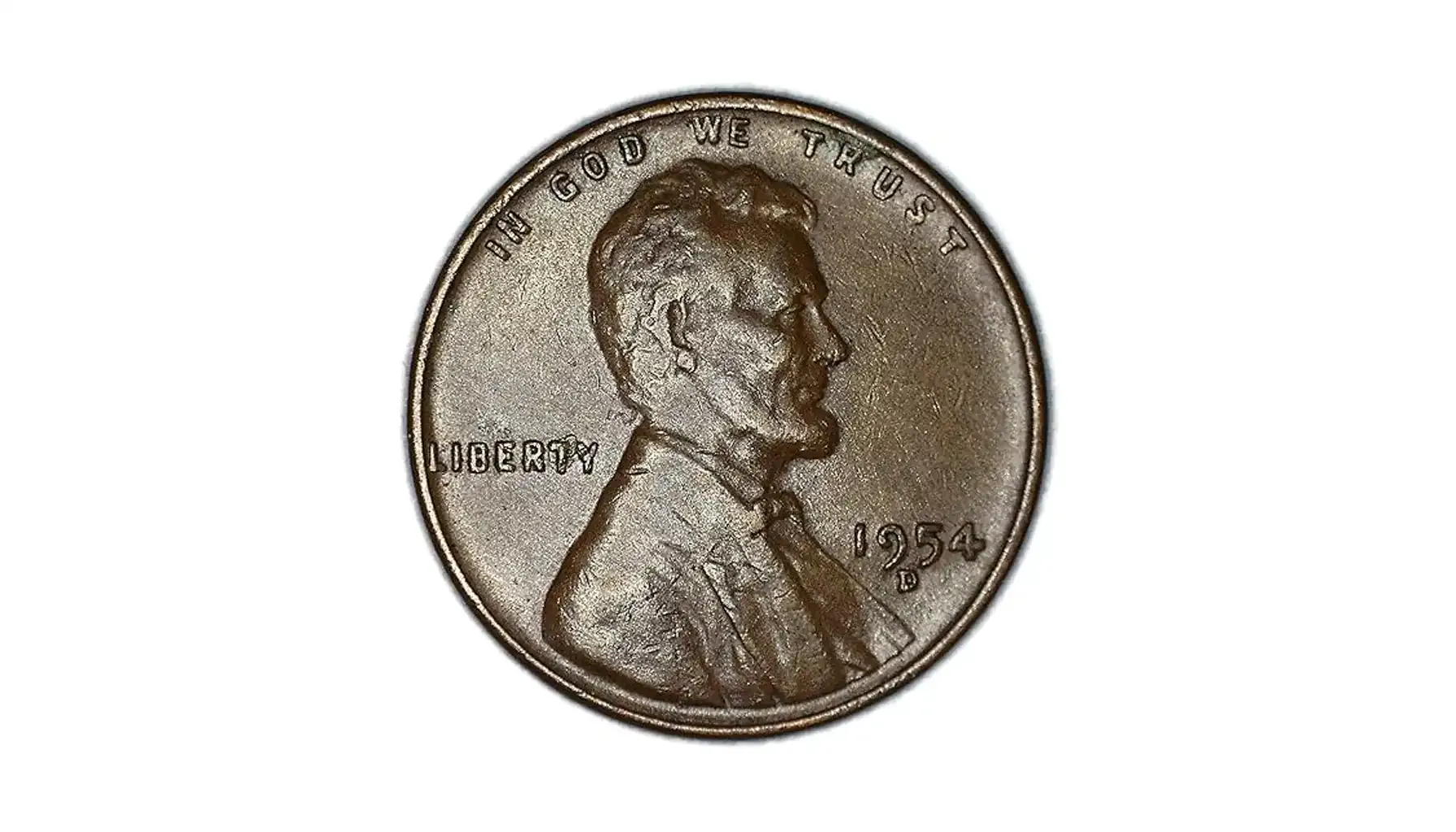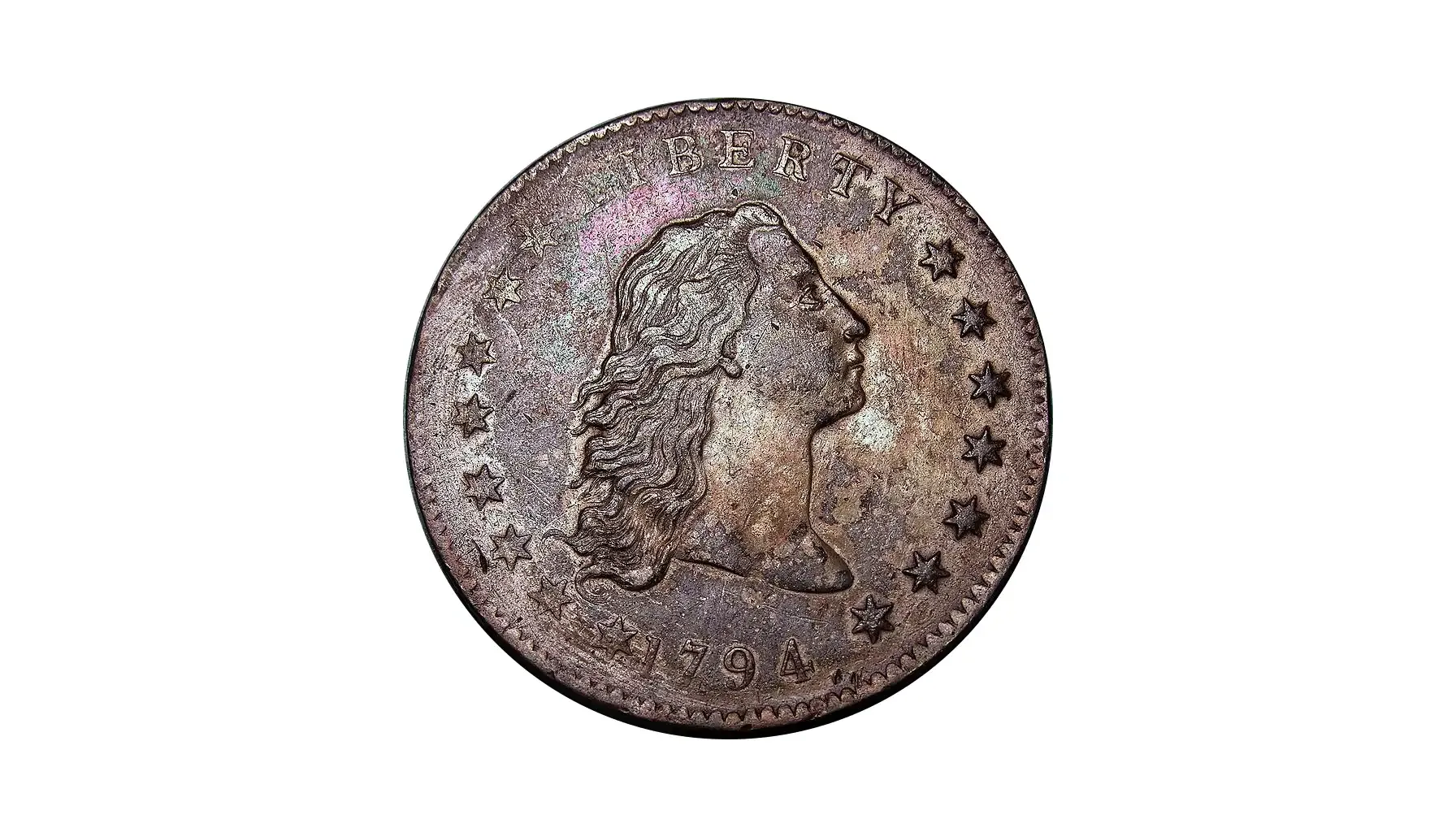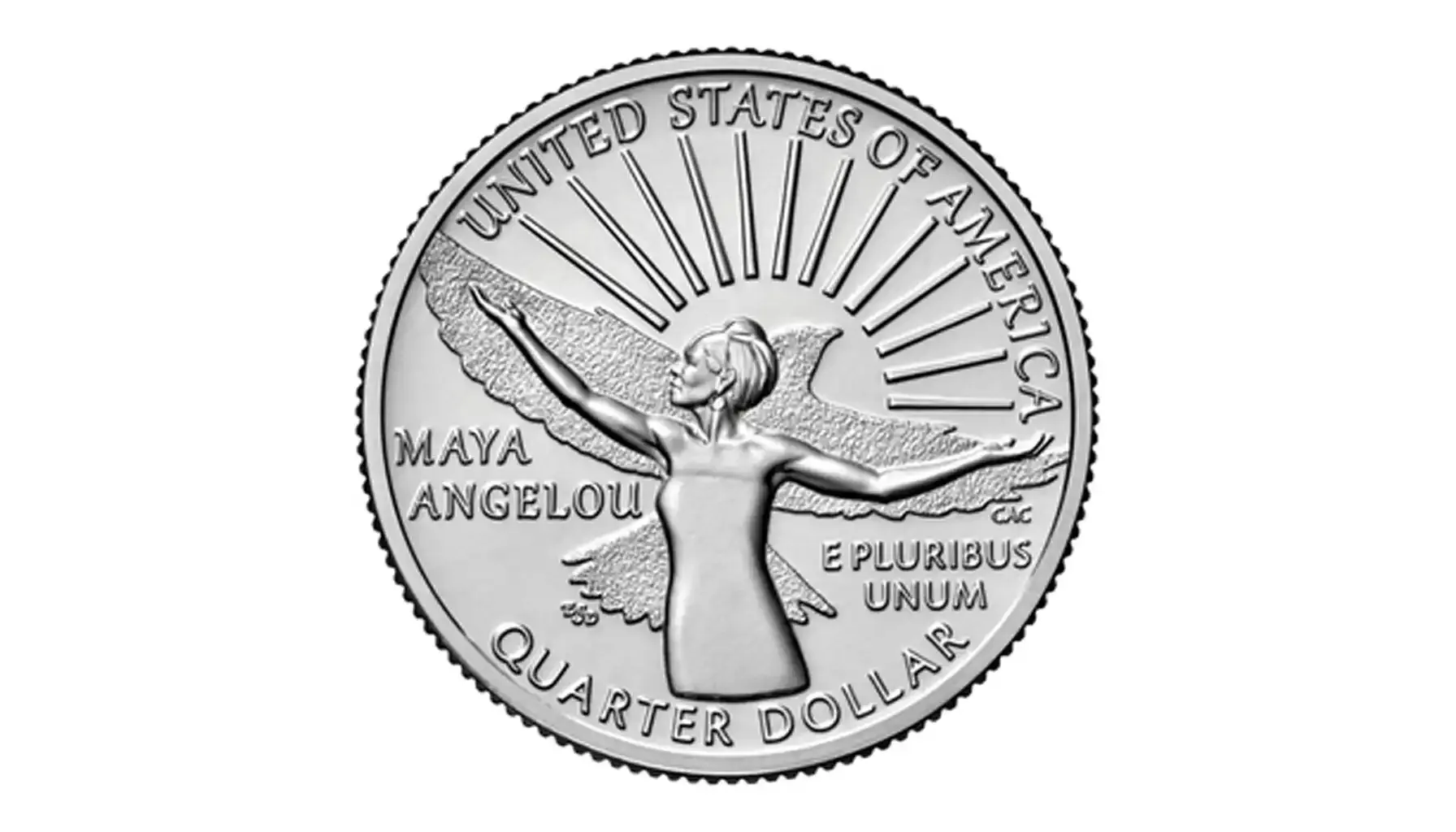Today we are going to talk about those rare and outstanding coins of US history, which became a symbol of diplomacy, currency reforms and even a numismatic legend. Of course, we are talking about the Stella 4 dollar coin.
This four dollar gold coin stands out for its rarity and its importance to the financial system and history of the United States. The issuance was intended to facilitate international trade, and it was expected that they would become a highly important monetary unit and be treated similarly to the French napoleon, the Italian lira or British sovereign.
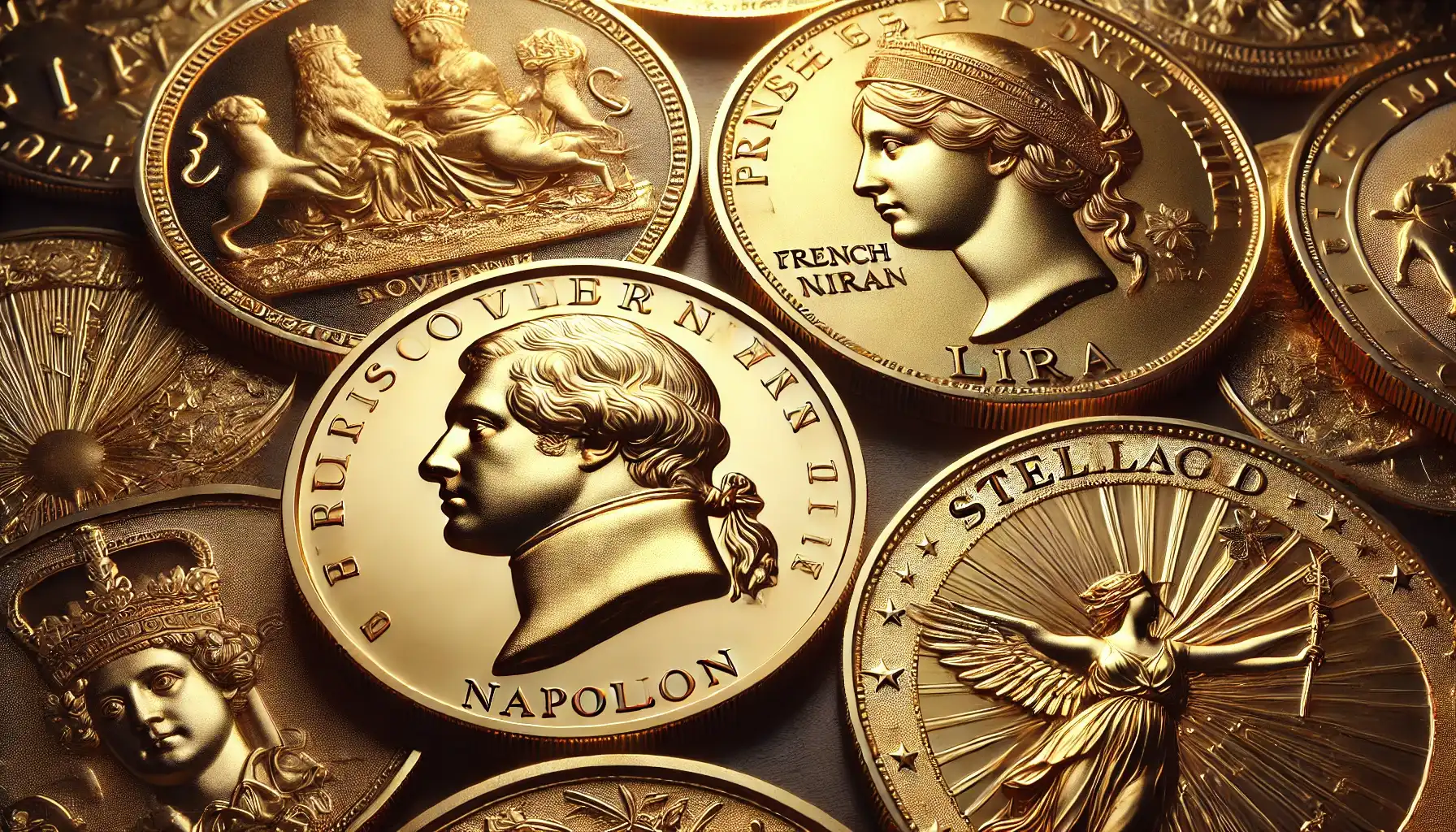
What Is a Stella Coin?
The Stella coin, issued in the late 19th century, is a highly rare $4 gold coin.
Its name comes from the Latin “stella”, which means “star”. The name was not accidentally chosen, as it symbolizes not only the reverse design, but also highlights its exclusivity and rarity among other gold specimens of the time and even ancient Roman gold coins.
The purpose of its creation was the desire and need of the United States to create a universal currency to facilitate international trade and strengthen trade relations with Europe. The idea for this ambitious project belonged to John Adams (representing the U.S. Treasury), who sought to equalize the weight and face value of U.S. and European coins.
Despite the far-reaching plans and the ambitiousness of the goal, the project was not adopted, and the four dollar coin pieces were not put into mass production. In practice, it turned out that the denomination of 4 dollar gold coin did not exactly meet the existing international standards: the difference in weight and gold content created inconveniences in exchange and settlements, and merchants were not interested in the coin.
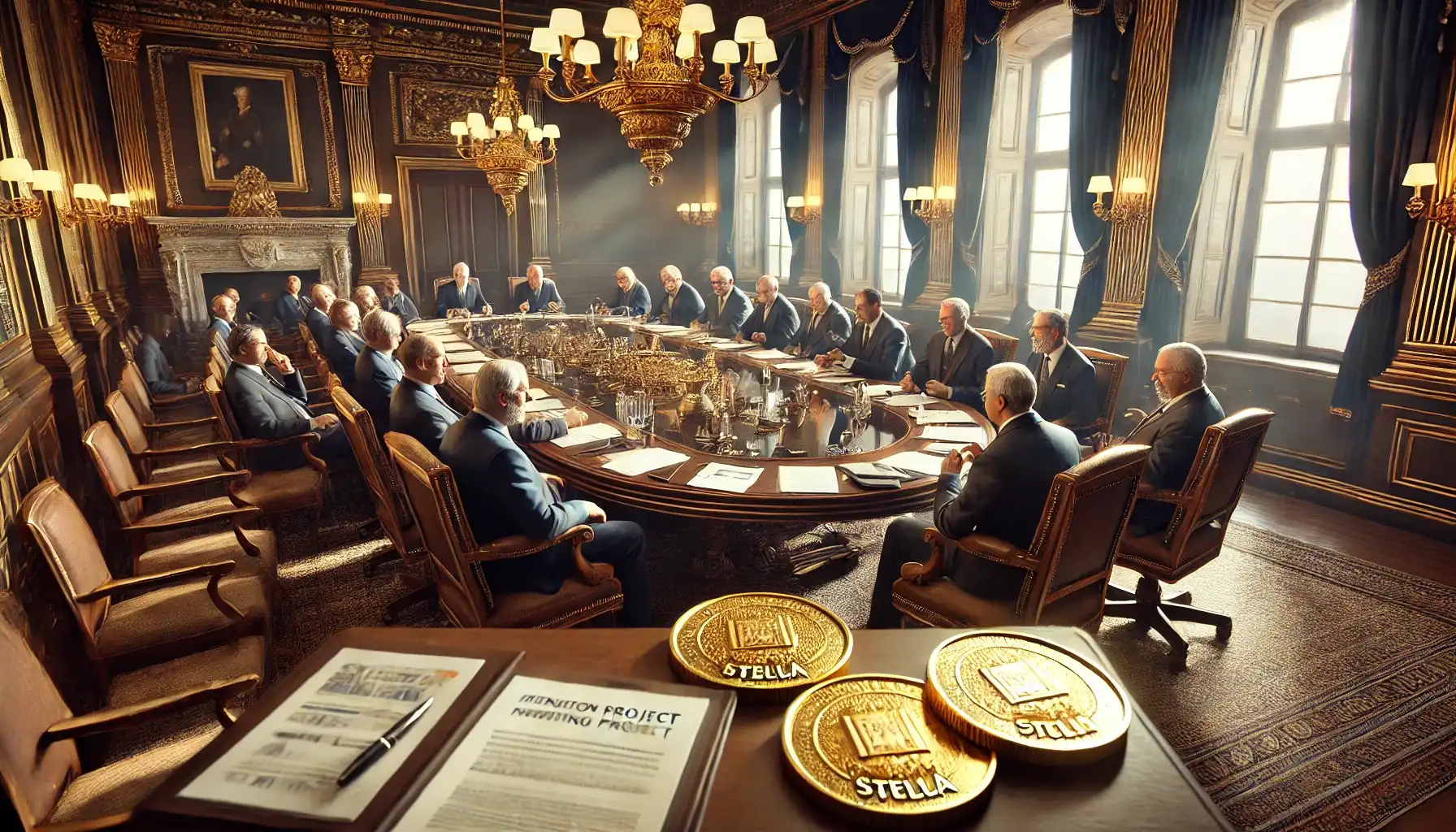
Moreover, the project was not seen in a rosy light by the Congress, so the project did not receive proper attention and funding, so only a small number of issued specimens (which were not very popular then but are producing a boom now) saw the light of day.
Key Data
Characteristics | Value |
Denomination | 4 dollar |
Year of Issue | 1879–1880 |
Material | Gold (90%) |
Weight | About 7,0 grams |
Diameter | 22 mm |
Mintage | About 425 |
Design and Features
The $4 Stella gold coin was minted at the United States Mint in Philadelphia. The best known version is from 1879, when several hundred pieces were issued. In 1880 a few more were issued, but this mintage was not intended for general circulation.
There were 2 types of this $4 gold coin.
The first one is called Flowing Hair which was designed by Charles Barber. The design of this version is considered more classic and easily recognizable.
The obverse of these Stella coins shows the profile of Lady Liberty with her hair fluttering, she looks calm but majestic. Both she and her image (with the tiara on her head with the distinct inscription LIBERTY) emphasize the main thing - the freedom and independence of the States. Around Liberty's head are 13 five-pointed stars symbolizing the 13 original colonies that became the foundation of the United States. Below her profile is the year of issue.
The second type is the Coiled Hair Liberty created by George Morgan. This version is known for its more detailed and more artistic depiction of Liberty. Here, Liberty looks more elegant and formal due to her hairstyle (hair pulled up and styled). Liberty's facial features are more detailed, she seems to look more important and stern. On her head she also wears a detailed tiara with the inscription “LIBERTY” (the tiara is decorated and detailed). There are also 13 stars around Liberty, as well as the date is also at the bottom.
The reverse of both of these types is virtually identical (but the second type is said to have slightly more detail) and features a star, symbolizing both the name and its ambitious status as an international currency. The reverse depicts a star with the inscriptions “ONE STELLA” and “400 CENTS” reflected inside. The star is surrounded by the inscriptions “UNITED STATES OF AMERICA”, “E PLURIBUS UNUM” and the Latin phrase “DEO EST GLORIA”.
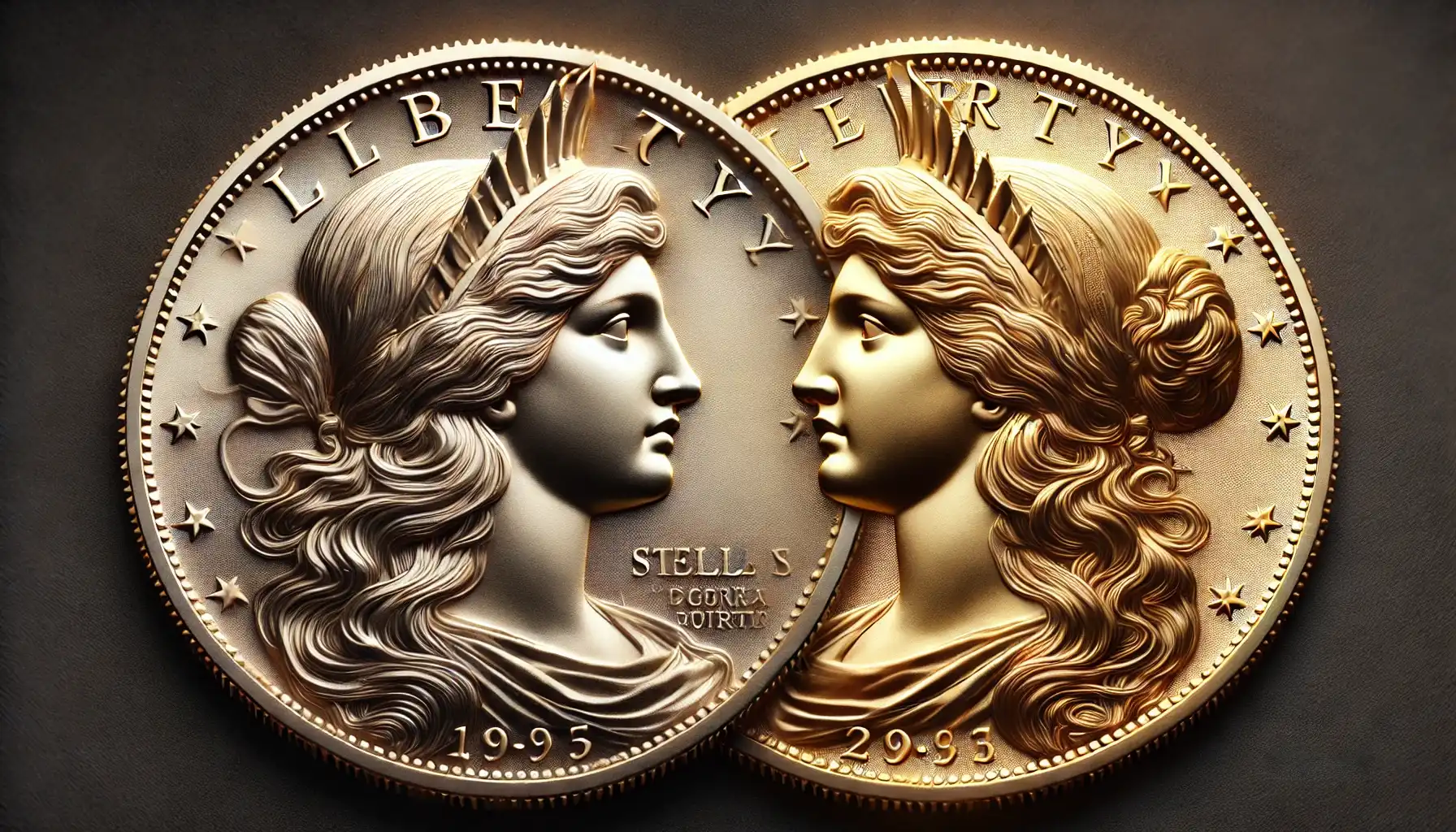
Characteristic | Flowing Hair Liberty | Coiled Hair Liberty |
Year of Issue | 1879-1880 | 1880 |
Metal | Gold (85.71%), copper (4%), silver (10%) | Gold (85.71%), copper (4%), silver (10%) |
Designer | Charles Barber | George T. Morgan |
Circulation | About 425 | About 10-15 |
Obverse Design | Flowing Hair Liberty | Coiled Hair Liberty |
Reverse Design | Five-pointed star with indication of weight and metal content | Five-pointed star with indication of weight and metal content |
Market Gold Stella Coin Price | $150,000 - $300,000 | $1,000,000 |
Rarity | Rare, but available to collectors | Extremely rare |
Stella Coin Value
It is believed that approximately 400 Flowing Hair pieces and only 15-20 Coiled Hair ones are in the possession of private collectors (sometimes they are traded at prestigious auctions as a Stella coin for sale). Given the small mintage and historical significance, they are quite a valuable and prestigious investment.
In 2013, one was sold for a record $2,574,000 at a Bonhams auction in 2013.
A Star Among All
It's no false modesty to say this piece, just like other gold coins, e.g., with angel pictures, is one of the most important and valuable specimens in the world due to its significance and rarity (despite its modest size and mintage). Highly valued by collectors and historians alike, it remains a symbol of the gold standard, both literally and figuratively.
If you are interested in learning more about the current market value of a particular Stella specimen, its authenticity, or more information about any other specimen, or you want to identify the coins, you can use the Coin ID Scanner app. You will be able to easily identify rare pieces and track their market prices. Try to start with the 1879 Stella gold coin value checking.

